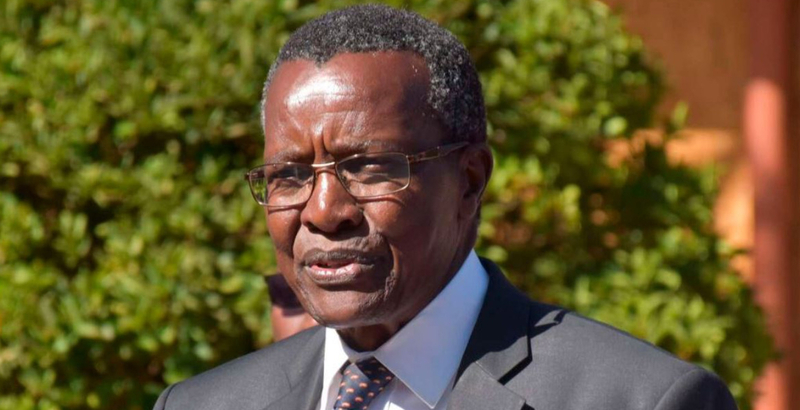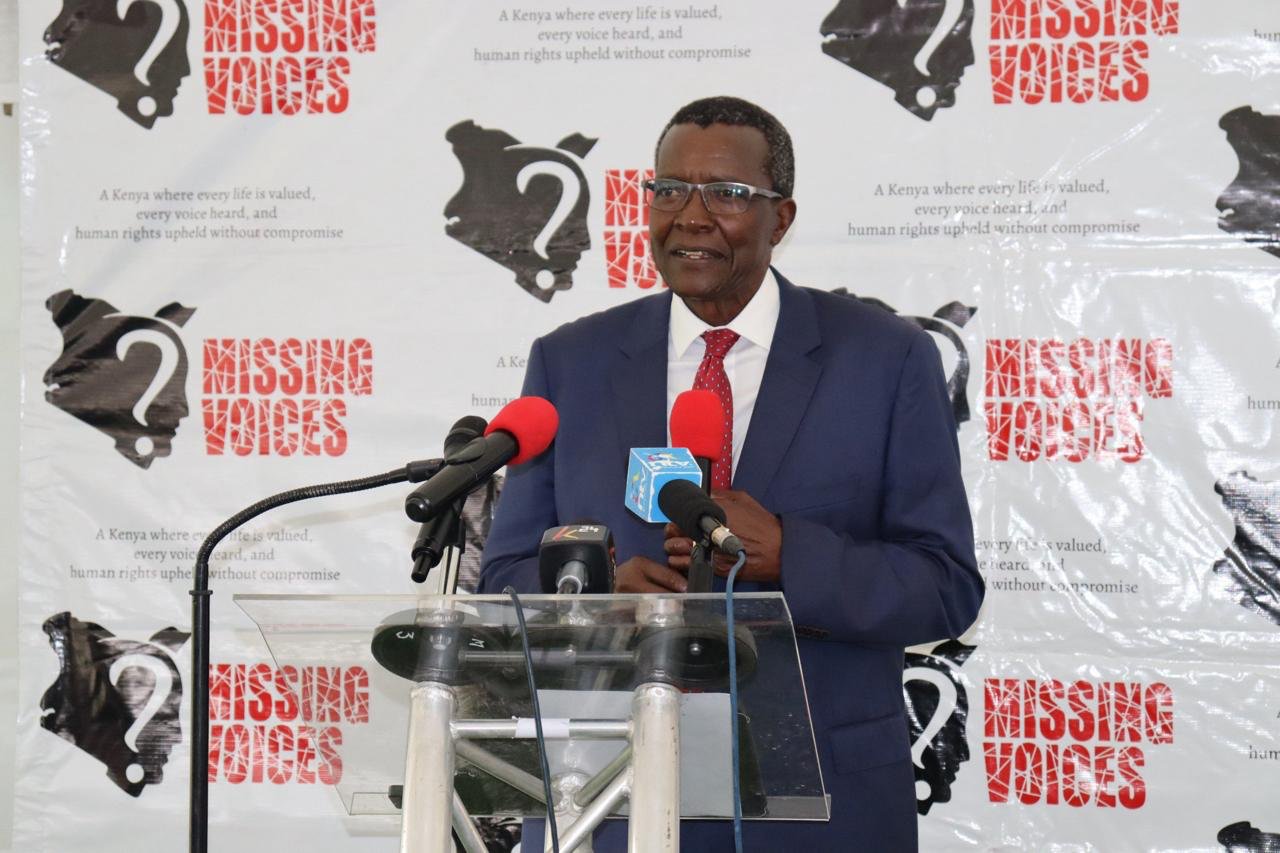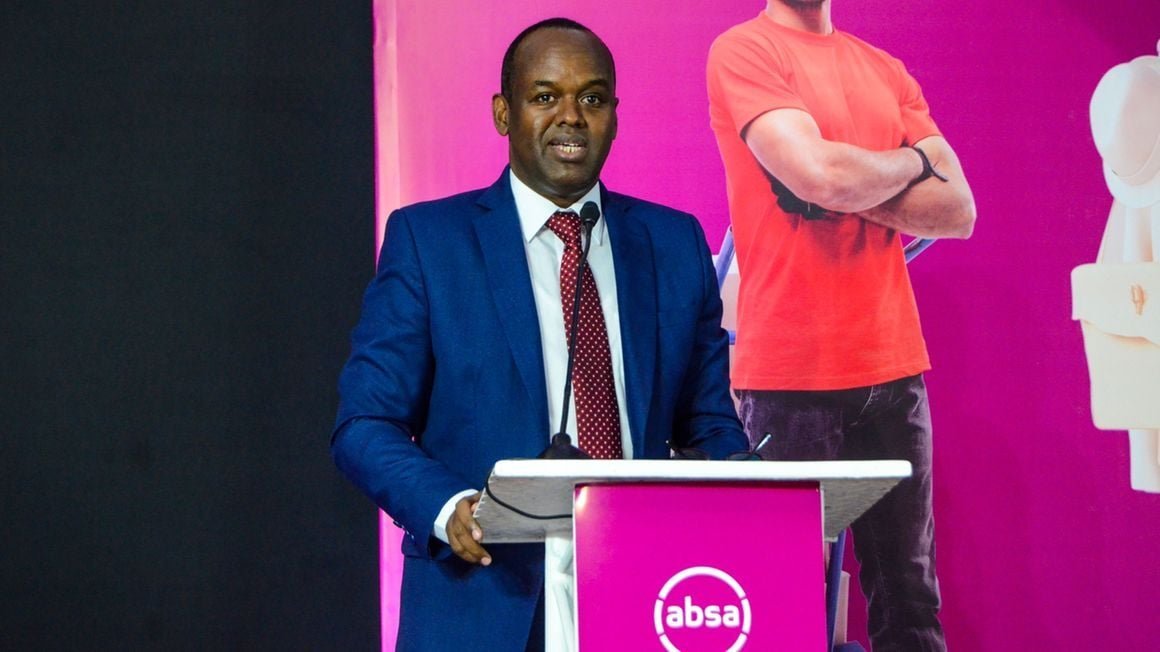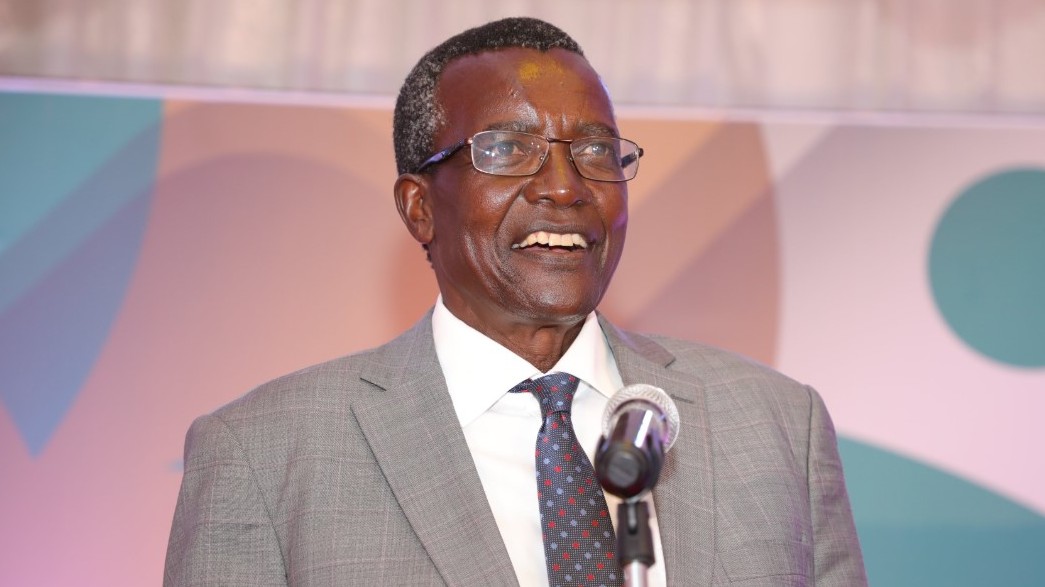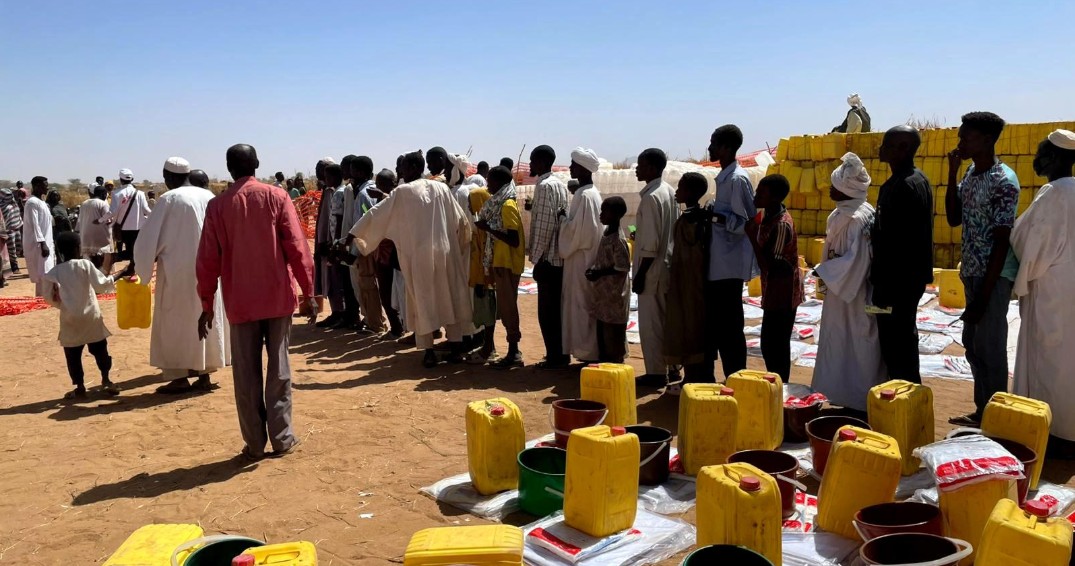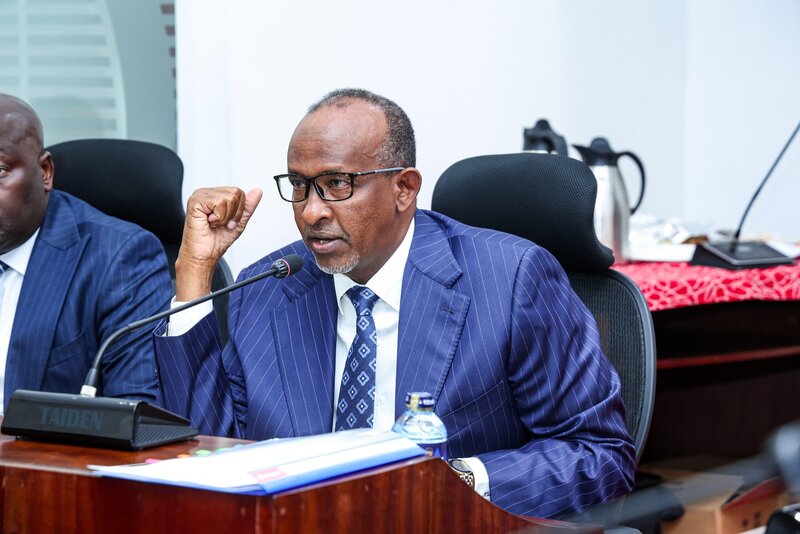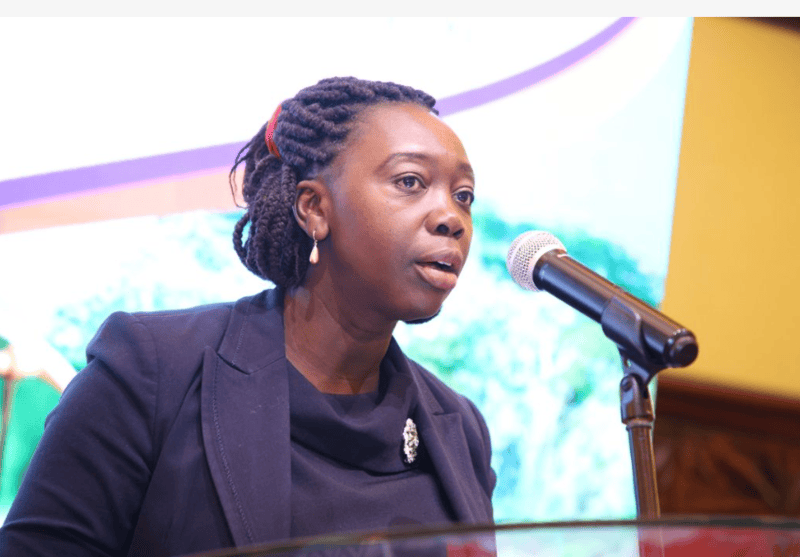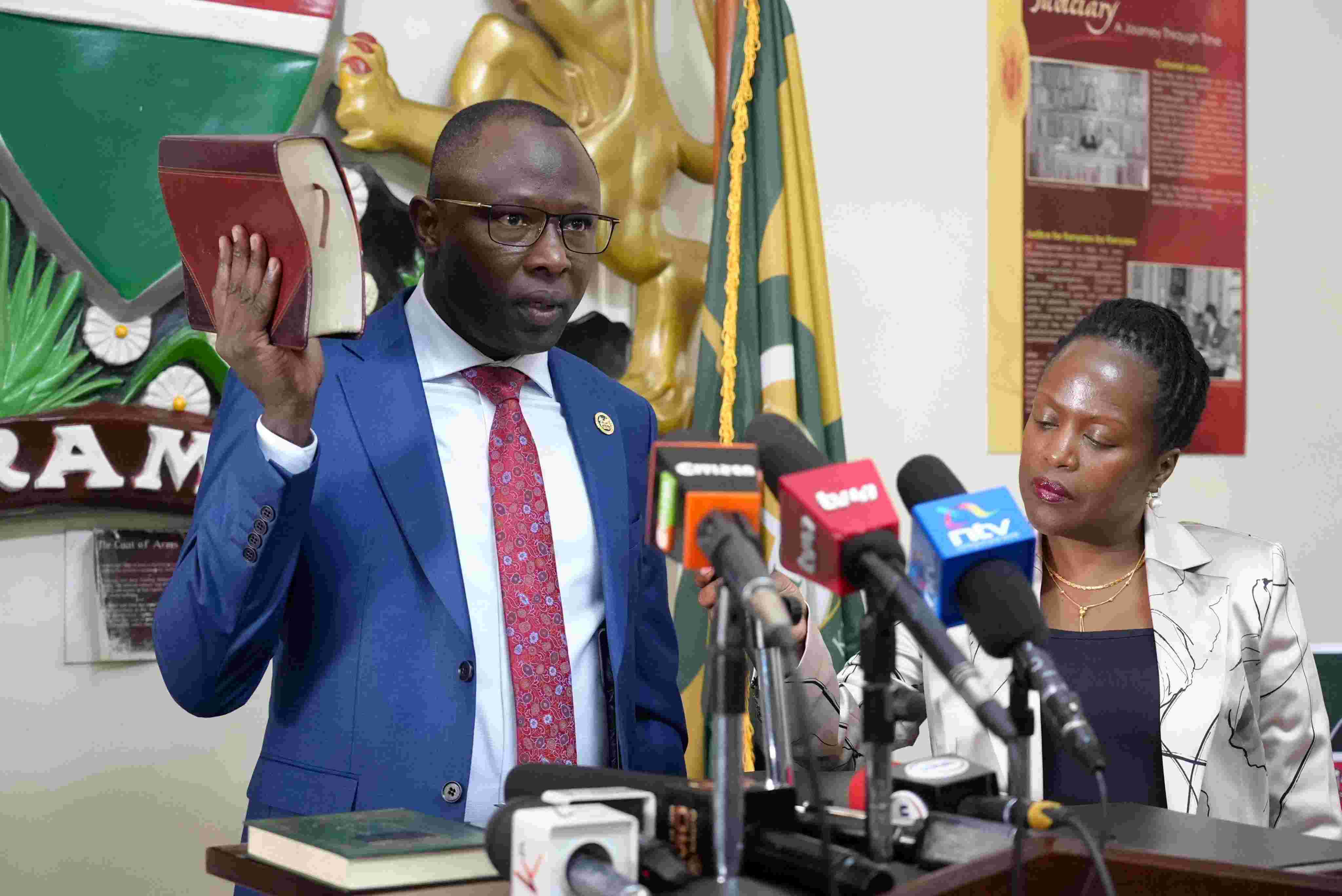HELB writes off Sh347 million after identifying over 2,600 deceased loan defaulters
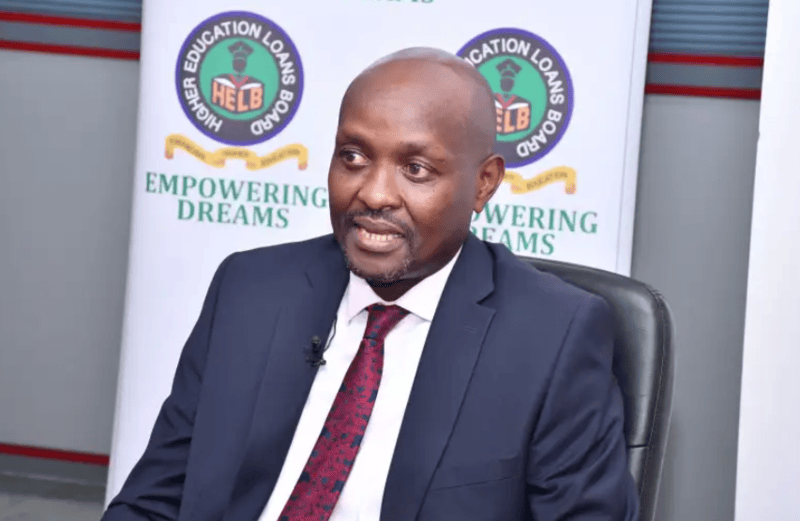
The recovery follows a joint effort with Civil Registration Services, which enabled more efficient verification of death records.
The Higher Education Loans Board has written off over Sh347 million after identifying more than 2,600 deceased loan defaulters in the current financial year.
HELB told the National Assembly’s Committee on Education on Tuesday that it successfully traced 2,605 loanees who had died, leading to the cancellation of their loan balances under the Student Self-Protection Scheme.
More To Read
- HELB tightens portal rules, orders minor applicants to update national ID details
- TTC student loans proposal unsustainable without dedicated sector budget, HELB warns
- HELB opens loan and scholarship applications for university, TVET students until August 31
- President Ruto vows to go after schools defying fee payment on eCitizen
- HELB resumes disbursements to KMTC students after Treasury releases Sh500 million
- Accountants, doctors, lawyers and engineers biggest defaulters of HELB loans – CEO Geoffrey Monari
The recovery follows a joint effort with Civil Registration Services, which enabled more efficient verification of death records.
In addition to the write-offs, HELB recorded an improved loan recovery performance, collecting Sh5.21 billion in the 2024/25 financial year. This marked an 11 per cent rise compared to the Sh4.71 billion collected in the previous year.
The board said its growing collaboration with the Kenya Revenue Authority and the Public Service Human Resource Information System helped trace 11,600 loanees, bringing in Sh42 million through follow-up efforts.
HELB also stepped up field operations. Through employer audits and inspections, it identified 17,647 defaulters and recovered Sh285.21 million through enforced payroll deductions.
The board noted that recent investments in digital services have eased access to critical functions. It has launched online portals where students and employers can view loan statements, make repayments, and download compliance and clearance certificates.
“These platforms have significantly improved user experience, reduced walk-in traffic, and enhanced transparency and efficiency in service delivery,” HELB said.
Looking ahead, the agency plans to introduce an Income-Contingent Repayment model, which will match loan repayment obligations to the borrower’s income level. HELB believes this will make repayment more inclusive and manageable, especially for low-income earners.
It also seeks to link loan compliance with access to public contracts and professional licensing. Under the new proposals, defaulters may be barred from winning tenders or renewing licenses unless they are up to date with loan payments.
To expand repayment within the informal and gig economy, HELB intends to introduce flexible payment plans, including daily and weekly instalments tailored to irregular income flows.
The board is also intensifying its diaspora loan recovery programme through diplomatic channels and partnerships to improve compliance among Kenyans abroad.
HELB, a semi-autonomous agency under the Ministry of Education, finances higher education through loans, bursaries, and scholarships.
Since its creation in 1995, the agency has grown its support from just 8,000 students to more than 700,000 annually. It has disbursed over Sh179 billion to 1.78 million learners in universities, TVETs and postgraduate institutions across the country.
Top Stories Today
Reader Comments
Trending
